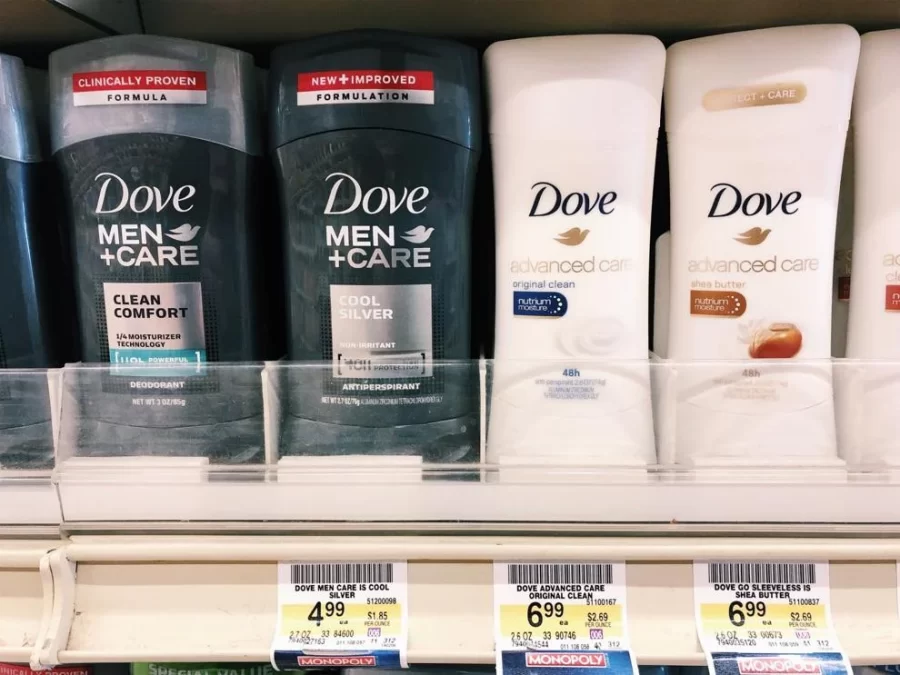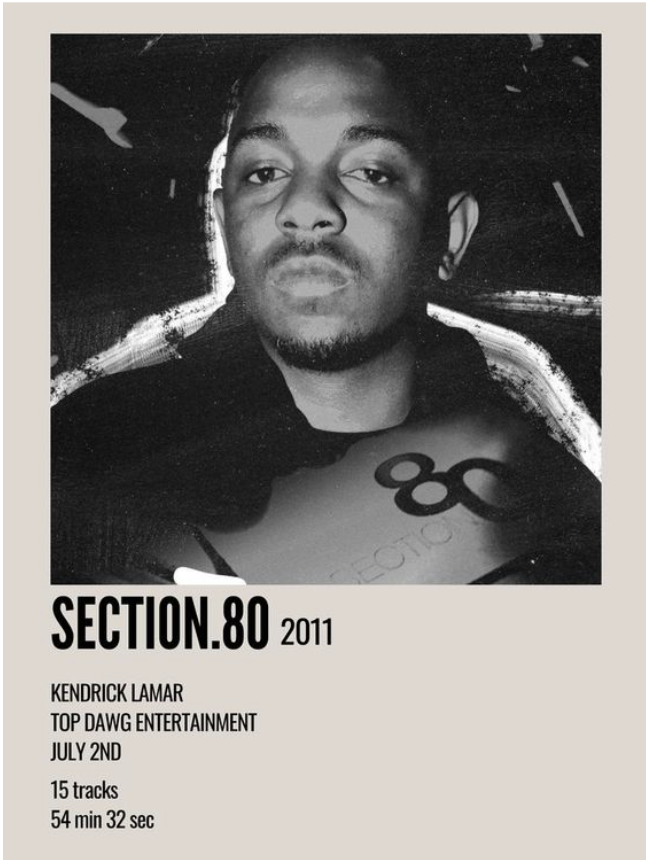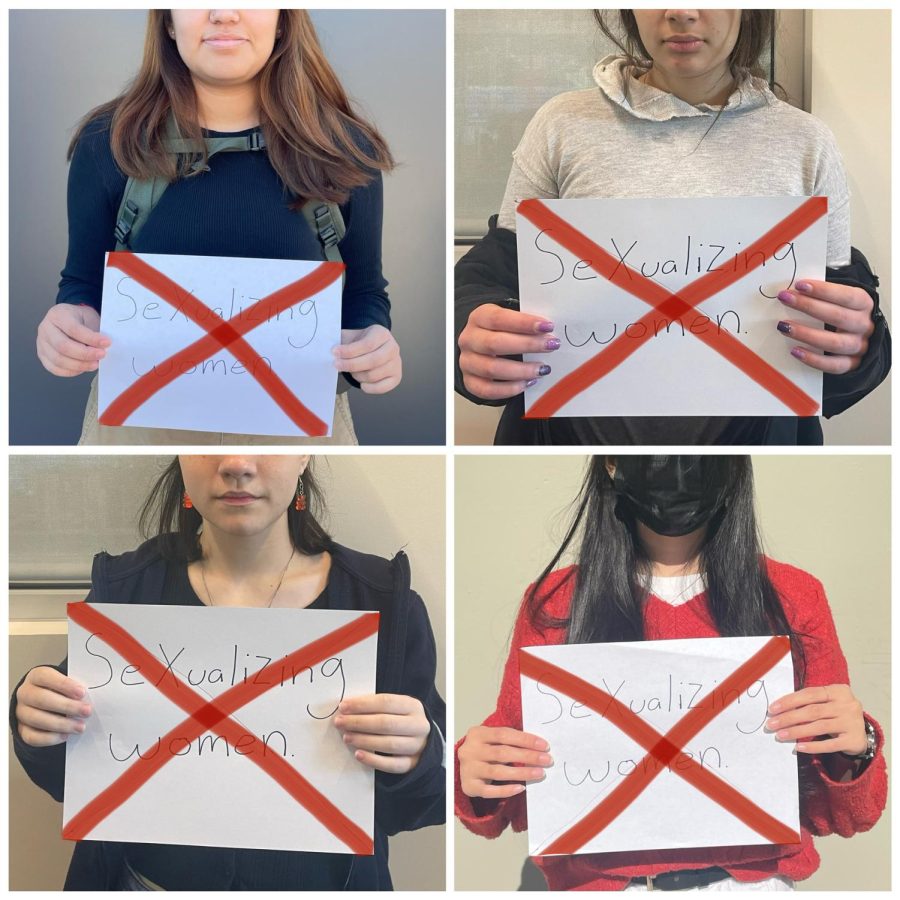How Women’s Sexuality is Exploited
February 7, 2023
Some people around the globe run through several thousand ads every day, and an average person can see an estimated 5,000 ads per day, according to Yankelovich, a market research firm that gathers data on consumer trends and advertisements. That is a very unnecessary and excessive amount of ads. Some people always run into them on their phones or billboards and they can sometimes be annoying, but we can’t help but pay attention to what they’re advertising. I began to notice that some of them were sexualizing women and felt that it was very saddening and disturbing.
Researchers at Wesleyan University found that out of 58 magazines, 51.8% of advertisements included women being objectified as sex objects and when women appeared in men’s magazines, the statistic rose to 71% of women being hypersexualized into sex objects. When Senior Lorena Cardenaz Velasquez heard this information, she said, “It sounds bad that advertisements included women being objectified.” I agree and feel like this consists of women being insulted and degraded.
Hypersexualized advertisements are, at the surface, objectifying, suspended by insults and all-around degradation. The sinister element comes when corporations feel the need to retouch or edit their appearances because they’re not ‘flawless’ in the eye of the public. Women are just trying to survive and make a living by modeling for advertisements yet they are being sexualized.
Sexualized advertisements go a step further and don’t mask their true intentions like what corporations do with photo alteration and editing, some companies explicitly create sexually suggestive advertisements to demonstrate the same point. The blog by the name of, “The Effects of The Use of Sexual Appeal on Society,” provides great examples of women being sexualized. In a post, they mention an advertisement by Tom Ford for men. The advertisement shows a naked part of a woman’s body, with flawless tan skin, and the typical thin figure that these false advertisements and thus, society, expect us to have. The woman covers her private area with a bottle of perfume, not to mention the perfume is specifically being sold to men and they’re the targeted audience. This makes it even worse because it makes women seem like they are the property of men.
When seen by Sophomore Michael Mendoza, He commented, “Personally I wouldn’t stoop that low just to make a bit of money, Not worth it in my opinion.” I personally disagree with this because some women have mouths to feed and have no other choice due to their circumstances. I also don’t think it is right to blame the model instead of the people who are using the models in this way.
Sexualizing women is immensely disrespectful to women in general and we should not be perceived as objects and not human beings with real, valid emotions. A commenter that goes by CD from a New York Times Article about advertising being sexist, says “Marketing is truly pathetic. It has zero dignity and is a sad desperate attempt to do anything to get your money.” This is entirely true and it doesn’t get more real than this because the way advertisers chose to get our money is incredibly terrible. Sexually suggestive advertisements, such as the one by Tom Ford, exploit women for higher profits through male gratification and female degradation.
Velasquez also mention, “This creates an idea for the viewers watching the ads and makes young people think that they do not have value because they compare themselves to what they see in advertisements.” I think she makes a great point and as a young woman myself, it is atrocious for all of these ads to be sexualizing women. Adding on to what Velasquez said this also creates an unethical beauty standard that is nowhere near realistic for these young girls who know no better than what they see all over social media, something that is heavily altered that ends up being hypersexualized and passed around.
This is also false advertising because someone might see an advertisement with an unbelievably beautiful girl and buy the product thinking they will look just like her but might not end up looking anything close to her. This creates false expectations in the minds of many innocent women who wish just to feel and look their best and why they consider purchasing many of these products within advertisements.
On the other hand, It is understandable that most people can choose the jobs they have and that men themselves are sexualized as well. Men are sexualized but that fact should not be used to undermine women’s issues. In addition, not all advertisements are bad, there are many that are empowering for women. For example, an ad from five years ago by Nike called, “What Are Girls Made Of?” shows how women are often categorized as so many negative things or crazy for having big goals in life. But near the end of the ad, it shows how women prove people wrong and how women are actually strong and make great achievements on this earth.
Though the use of women and their sexuality in advertising is widespread, legislation should be adopted to ban it. Beyond that, they should not be ignored nor should be normalized around the globe.






















































































